This map indicates occurrences of rare earths around the world. While some mines are more productive than others, it is likely there are many more deposits to be discovered
Rare earths are essential to high-tech, renewable-energy, and defence-related technologies. Although China is responsible for 71 per cent of the world’s production, Brazil, Vietnam, Russia, India, Australia and America also have large reserves.
RARE EARTHS IN THE HOME
Rare earths are essential components for a wide range of everyday applications including, energy, electronics, smartphones, electric vehicles and wind turbines



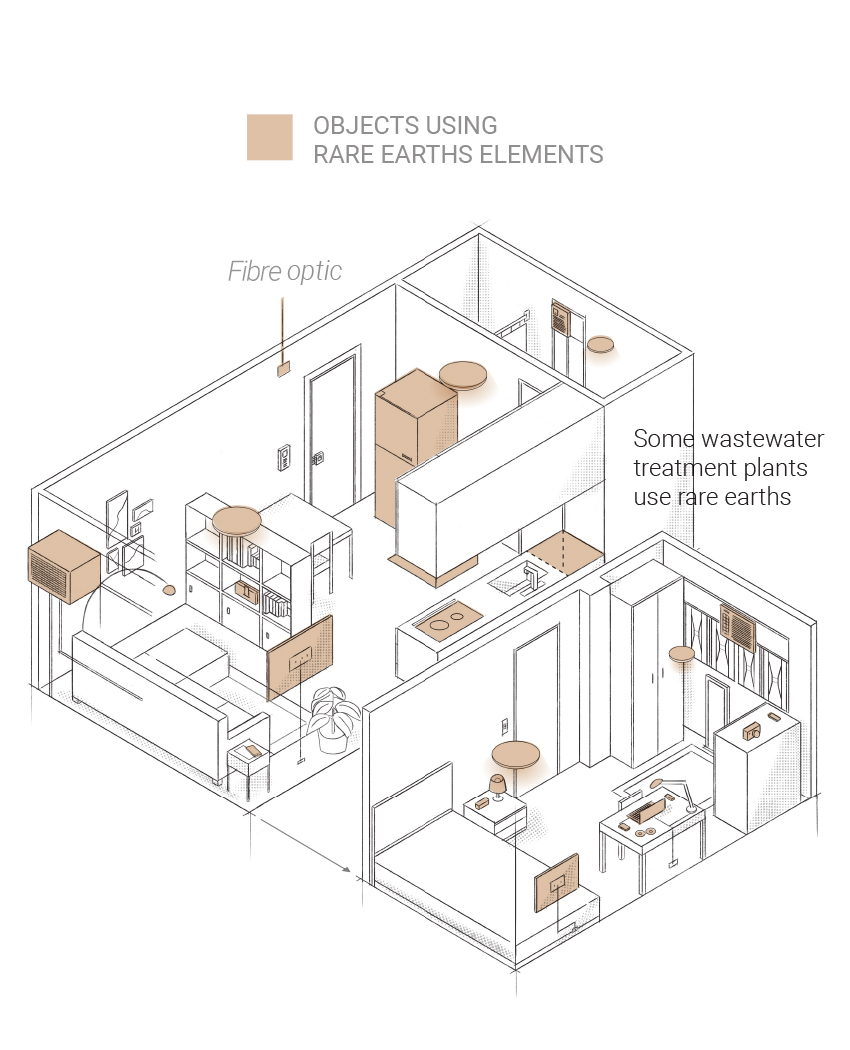

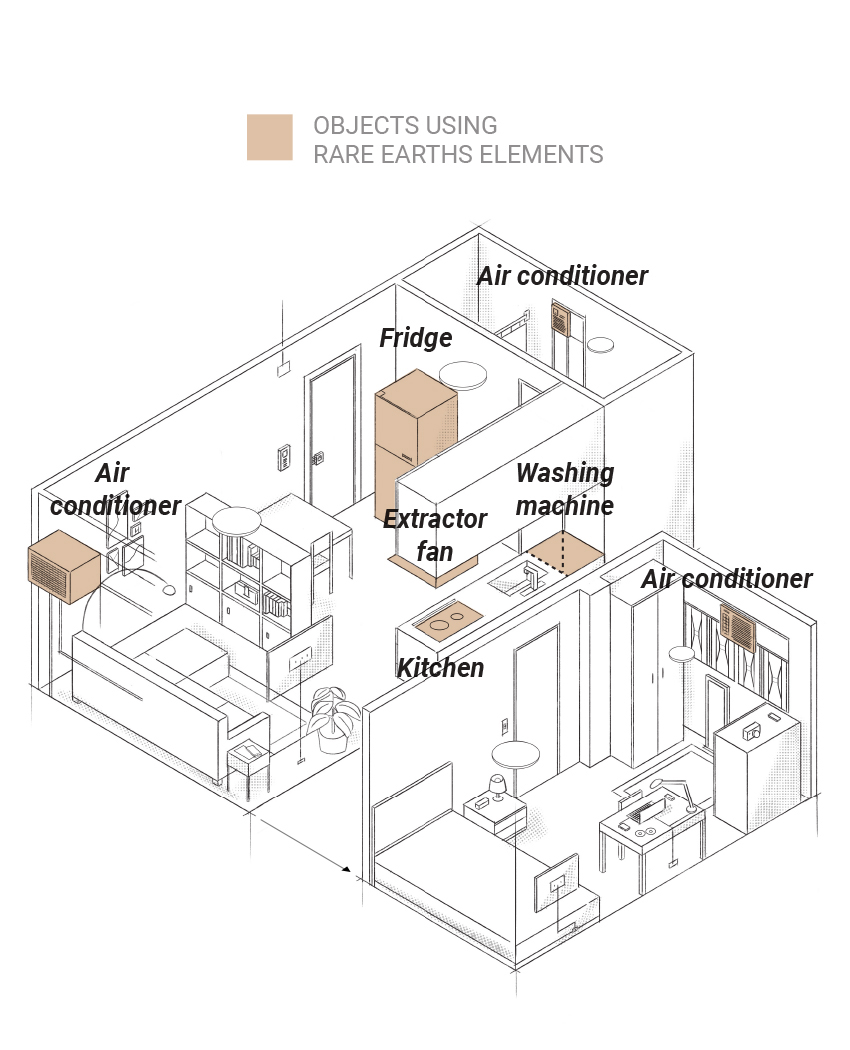

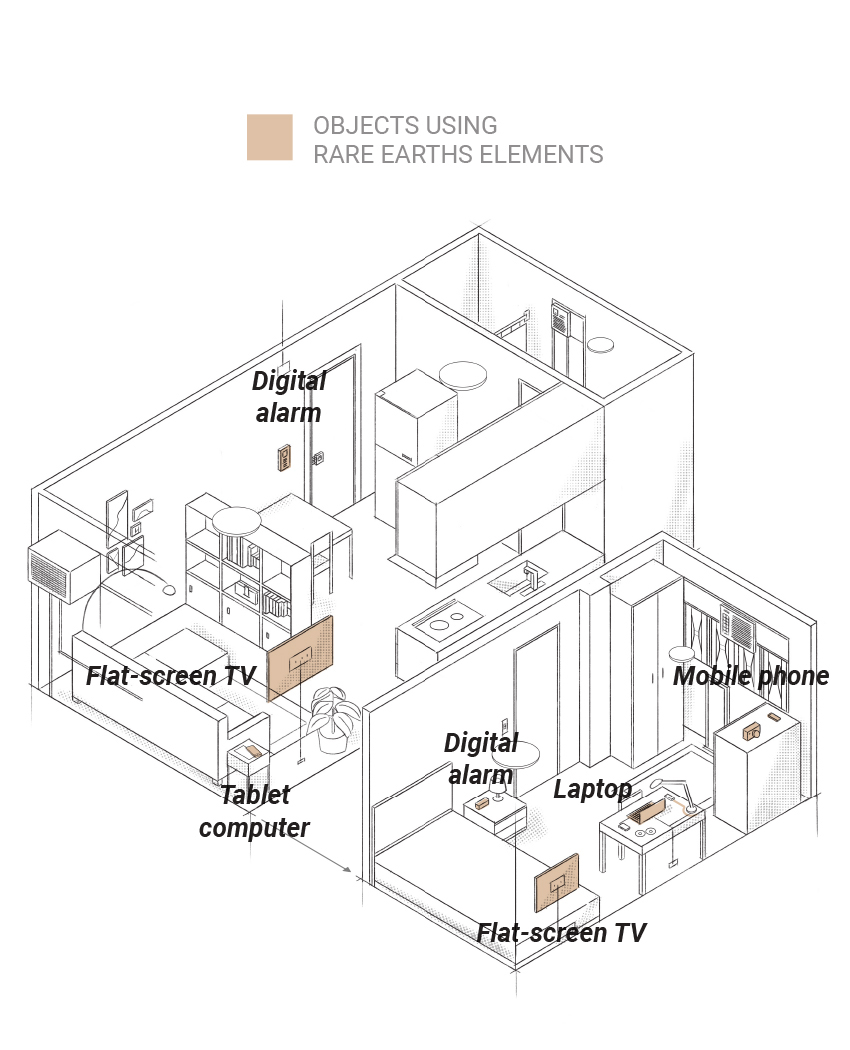

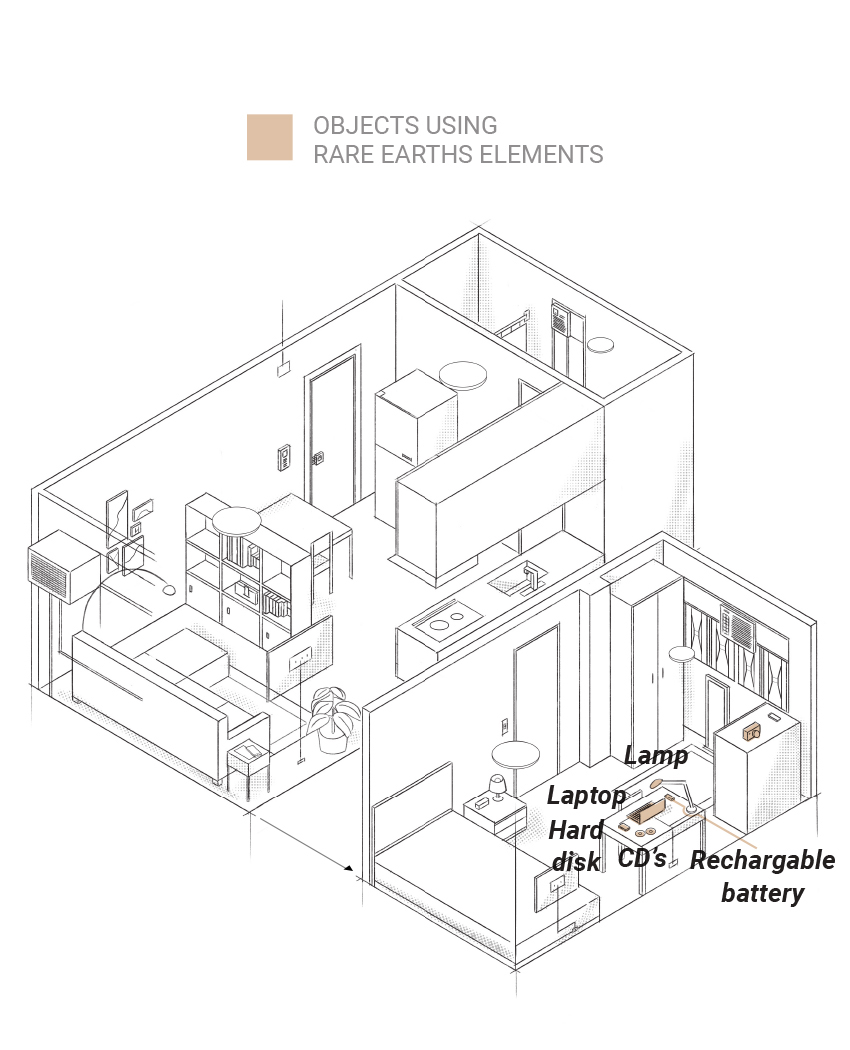

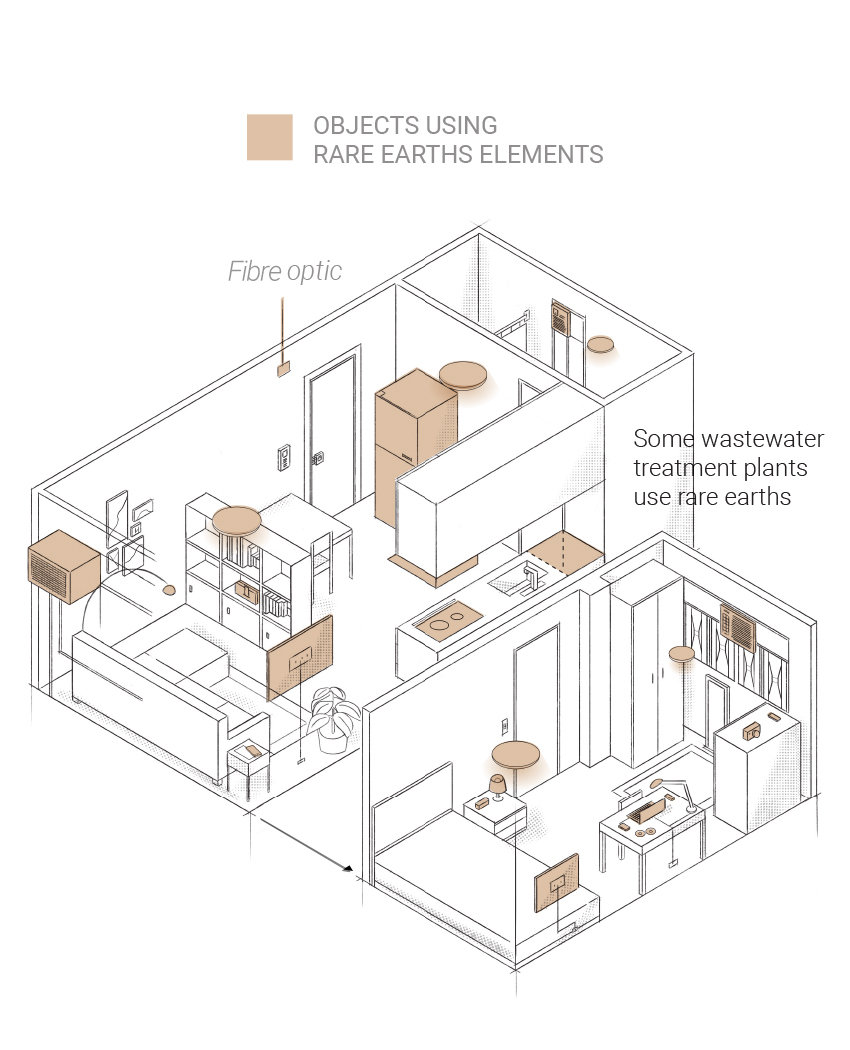
MOBILE PHONES
Rare earth elements can be found in various parts of mobile phones including cameras, batteries, colour screens and more
Only 0.25 g of rare earths are needed to create a mobile phone even though they are vital for almost all the parts
OTHER USES:
Defence
Sophisticated missiles use rare earths in their guidance systems and sensors
Magnets
Rare earth magnets are usually called permanent magnets, or perma-magnets. Their greater strength than traditional magnets allows smaller and lighter magnets to be used in applications.
THE IMPORTANCE OF RARE EARTHS ON THE TRADE WAR
America is a major importer of rare earth compounds and metals which are needed for the country’s defence, energy, electronic, smartphone, electric vehicle and wind turbine industries.
The US classifies rare earths as critical minerals and with almost 80 per cent of America’s imports coming from China, the US looks increasingly vulnerable to disruptions to their supply chain. There is mounting speculation China might use rare earths as a bargaining chip in future trade war negotiations. Beijing previously enacted a ban on exports of rare earths to Japan in late 2010, a move thought to be in response to a territorial dispute between the neighbouring countries.
Japan and China are currently America’s only sources for rare earth magnetic materials which are vital components in hybrid and electric vehicles as well as computer hard drives.
VITAL TO THE MILITARY
Rare earth compounds and metals are essential to America’s defence industry
Occurrence and mines
Despite their name, rare earths are not particularly rare – there are many deposits throughout the world
Although the accumulation of rare earth elements is common, they are not typically found in concentrated forms but are instead fused with other metals and oxides as compounds. As a result, ore deposits are rarely economical to exploit and production tends to be low
Occurrence by countries
These are the seven countries with the largest rare earth reserves
CHINA
China has the largest reserves of rare earths in the world at its disposal and is the world's top producer and exporter. Production is centred on six state-owned mining companies but illegal extractions are common. The government is currently fighting to eliminate illegal mining to ensure the country’s reserves of rare earth minerals remain the highest in the world.
BRAZIL
Brazil and Vietnam have the joint second largest reserves. Most of Brazil’s deposits consist of monazite with a large accumulation of light rare earths such as neodymium and praseodymium. Despite these sizeable reserves, Brazil is not a big producer and even reduced its production last year.
VIETNAM
Like Brazil, Vietnam has 22 million metric tonnes in reserves but unlike Brazil, Vietnam wants to increase production in the coming years. Production doubled year on year in 2018, bringing the total to a still meagre 400 tonnes.
RUSSIA
Even though the Eurasian country has far fewer rare earth reserves, production is much greater than Brazil and Vietnam. Russia is developing an ambitious project to produce more material in the Yakutia region, where it is estimated there is a deposit of 154 million tonnes, almost 10 per cent of the world’s total.
INDIA
India is home to 35 per cent of the world’s beaches and sand minerals so the eastern and southern coasts of India have great potential for the country to develop mining exploitation.
AUSTRALIA
Australia began mining rare earths in 2007 and despite only having the sixth most reserves, was the second largest mining country in 2018. Extraction is expected to continue increasing.
AMERICA
The Mountain Pass mine is the only rare earths mine currently operational in America. US production is very low with America importing almost 80 per cent of its rare earths from China. Is this about to change?
ADDITIONAL RESERVES
Global rare earth reserves are estimated to total 120 million metric tonnes. With demand for rare earth minerals ramping up, it will be interesting to see how countries like Malaysia, with an estimated 30,000 metric tonnes of reserves, will contribute to supply in the future. Malaysia's government, however, has recently threatened to pull the licence for a rare earth refinery run by an Australian mining company in Kuantan over environmental concerns.
